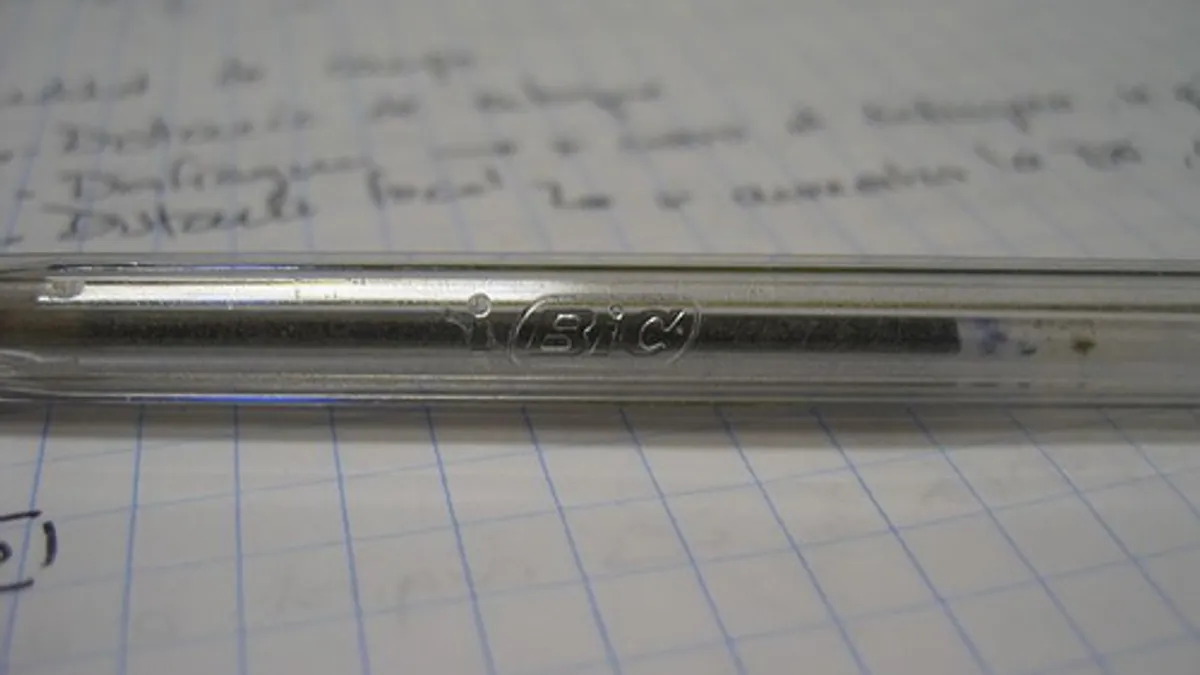Women-owned businesses are growing at an impressive rate in the U.S. According to a recent report from American Express, there at 8.6 million of them—up 59% since 1997. While, in most instances, B2B marketing should be gender-blind, there will be some marketers who make the mistake of using stereotypes to market to women-owned businesses. It’s an easy mistake to make, as the B2C marketing makes it quite frequently.
For that reason, it’s a good idea to learn from some of the B2C sector's mistakes in marketing to women so we can avoid similar mistakes in marketing to female business owners. Here are three failed attempts at marketing products to women that we can all learn from.
1. BIC FOR HER
Ladies, have you ever been writing and thought, “I wish they made an ink pen that fit my needs?” Apparently, this is what Bic thought when it developed the "Bic for Her" pen line. Like so many misguided marketers before them, the Bic team figured they need only make their pens pink and women would buy in droves. (The pens were also available in other pastel shades like “lavender” and “mint.”)
Besides the "feminine" colors, it’s hard to tell exactly what about the pen is supposed to make it more appealing to women. The product quickly became a joke on Amazon, spawning hundreds of snarky reviews, and even caught the attention of talk show host Ellen DeGeneres, who made a video that quickly caught fire online.
The B2B Lesson: Don’t market an obviously gender-neutral product to women differently.
What Bic tried to do here is assume that women will react to a product differently than men if they change its color and raise the price. Female business owners will see right through a tactic like this, so save that pink paper you were going to use on your proposal.
2. EPAD FEMME
Touted as the first tablet “just for women,” the ePad Femme comes from United Arab Emirates-based Eurostar. The 8” tablet comes with a pink and white background and is preloaded with apps on cooking, grocery shopping and yoga. Clearly, someone felt that women around the world were incapable of changing their backgrounds and downloading apps they were interested in.
So far, this tablet is only being sold in the Middle East and parts of Asia, but the company would like to expand. A product like this won’t likely go over well in the U.S., and initial reactions, like this review from Ars Technica, reflect that.
The B2B Lesson: Don’t underestimate the intelligence of women.
Hopefully, this isn’t a lesson most B2B marketers need to learn, but it is important to note. Along with this lesson comes the unfair assumption that women are only interested in certain topics, or that all women are interested in a few topics. When highlighting uses of your B2B product to a female business owner, highlight all the ways it can help her business—not just those you feel might interest her as a woman.
3. CHICK BEER
The idea for Chick Beer came from its female founder's genuine desire to carve a spot for beer-loving women in a male-dominated market place. The problem is that by creating an entirely different beer targeted specifically toward women, and using a sometimes-derogatory term like “chick,” the brand widens the divide between the sexes rather than bridging the gap. Assuming all women like pink and want a box that looks like a purse reduces them to physical objects as much as the male-targeted ads that use women in bikinis. Real female “beer nerds” took offense at the marketing of this product.
The B2B Lesson: Include women in all business owners, rather than segregate them as a group.
In general, there should be no difference between the way you market to a female business owner and a male business owner. Trying to appeal to a business owner’s gender, a fact that has little bearing on their business needs or beer preferences, will just alienate owners, rather than making them feel included.
Would you like to see more marketing industry news and information like this in your inbox on a daily basis? Subscribe to our Marketing Dive email newsletter! You may also want to check out Marketing Dive's look at 5 digital overhauls that work in marketers' favor.









